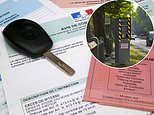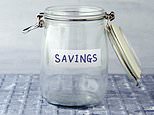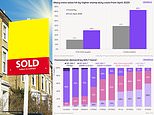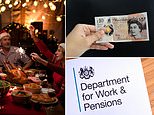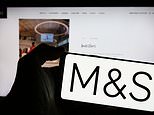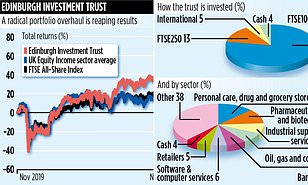How to beat the Budget tax raid on investors and savers
Sponsored by Plum
Investors and savers were hit by a Budget double whammy as a capital gains tax raid was combined with frozen tax thresholds.
This makes it even more vital to protect investment profits and savings interest from tax by using the tax-free wrapper of a stocks and shares Isa or cash Isa, such as those offered by investment and savings app Plum.
Chancellor Rachel Reeves’s capital gains tax hike spells higher tax rates on profits for investors.
Meanwhile, freezing tax thresholds means more savers will be dragged into the higher rate tax band, where the personal savings allowance is cut from £1,000 to £500.
We explain what the Budget changes mean for investors and savers and how to keep more of your hard-won returns.
Keep in mind, as with all investing, your capital at risk. The value of investments can go down as well as up.

Rachel Reeves hiked capital gains tax on investment profits in the Budget and kept the tax-free personal savings allowance frozen
The Budget: capital gains tax
Capital gains tax rates were raised in the Budget as Rachel Reeves decided to target investors to raise funds.
Profits that you make on investments above the annual tax-free allowance of £3,000 are liable for capital gains tax.
Previously, capital gains tax rates on stocks and shares were 10 per cent for basic rate taxpayers and 18 per cent for higher rate and additional taxpayers.
Capital gain tax rates have now been raised to 18 per cent and 24 per cent.
Compounding the issue for investors, is that this comes hot on the heels of the capital gains allowance being slashed twice by former Chancellor Jeremy Hunt: first from £12,300 to £6,000 and then down to the current £3,000.
This means many more small investors risk being caught in the capital gains tax net.
The Budget: frozen tax thresholds
Rachel Reeves also opted to keep tax thresholds frozen in her Budget, with the 40 per cent higher rate threshold sticking at £50,270 until the start of the 2028/29 tax year.
This continues the freeze that the former Conservative government had already put in place.
Keeping tax thresholds frozen while wages rise, pulls more people into higher rate bands.
The knock-on effect for investors is that more get dragged into paying higher rates of capital gains tax.
With savings interest, there is a tax-free personal savings allowance of £1,000 a year for basic rate taxpayers, but this is cut to just £500 for higher rate taxpayers, while additional rate taxpayers in the 45 per cent tax band earning above £125,140 get no allowance at all.
Beyond the personal savings allowance, income tax is levied on savings interest – meaning higher earners lose 40 or 45 per cent of their returns.
By freezing tax thresholds, the Chancellor pushes more savers into higher bands, where their savings allowance is reduced and they pay higher tax rates.
How an Isa can beat tax
An Isa is a tax-free wrapper than can protect your savings and investments.
A cash Isa is a special form of savings account where interest can be earned tax-free, which means you keep all of the returns.
For example, Plum’s Cash Isa currently offers a 5.18 per cent AER variable rate compared to the average across five major high street banks of 1.73 per cent, you can learn more about this at withplum/cash-isa.
(Interest on Plum Cash Isa varies - this is the rate on 19/11/24. Isa rules apply. Includes the full bonus rate only if kept for 12 consecutive months. Cash Isa Ts&Cs apply. Plum is not a bank. Comparison based on the average rate of equivalent/closest equivalent offerings from five high street banks as at 22 Nov, 2024).
A stocks and shares Isa allows you to choose your investments within it and avoid both capital gains tax on profits, or dividend tax on income received.
You can also open a stocks & shares Isa with Plum, which you can find out more about here at withplum/investments.
Bear in mind that investments can be a good long term option for your money, but the value of investments can go down as well as up. That means you could get back less than you put in.
Outside of an Isa, dividends above £500 per year are taxed at 8.75 per cent for basic rate taxpayers, 33.75 per cent for higher rate taxpayers, and 39.35 per cent for additional rate taxpayers.
All adults can pay up to £20,000 of new money into Isas each year but this is a use-it-or-lose-it affair. Any unused allowance is gone once the tax year ends and a new year’s allowance begins.
By saving or investing in an Isa you can allow your returns to compound and grow tax-free over the years.
Tax treatment depends on your individual circumstances and may change in the future. Always do your own research.
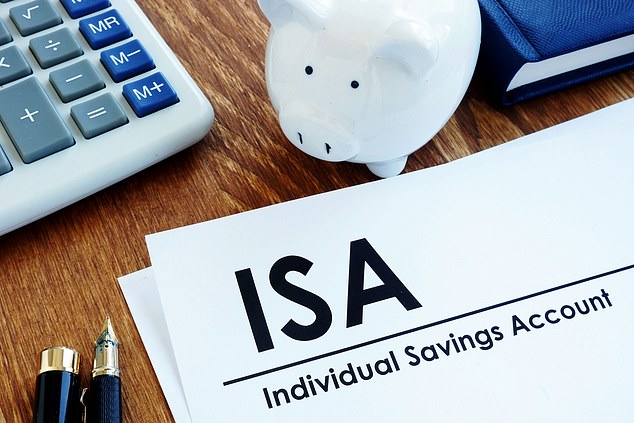
An Isa is a tax-free wrapper than can protect your savings and investments
Moving your savings or investments into an Isa
Many savers and investors will have built up cash and stocks and shares pots outside of an Isa.
If they are unlikely to be able to use their full £20,000 annual Isa allowance with new savings, they should consider recycling any savings and investments outside of an Isa into one.
With savings it is simple to take money from taxed accounts and pay it into an Isa – once there it will now be protected against tax.
It is vital to find a good cash Isa rate when you do this and to consider whether you want to opt for an easy access account, where money can be got at immediately, or a fixed rate where it is locked up for a set period of time.
Seeking out deals near the top of the best buy tables means you will earn more on your cash. For example, Plum’s cash Isa offers a good rate of 5.18%* AER (variable) if you want to opt for a competitive rate.
For investments held outside of an Isa, there is an extra factor to consider, as selling them and then repurchasing them in an Isa will trigger a potential capital gains tax bill.
However, this also provides an opportunity to use up this tax year’s capital gains tax-free allowance before it runs out on 5 April 2025 – and means that any future profits and dividends will be tax-free.
Normally, under the capital gains tax rules, investors must wait 30 days to buy back the same investment. This rule was brought in to stop people gaming the system.
But there is a special exemption for selling investments and buying them straight back within an Isa, which is allowed, and is known as a Bed and Isa. You can either do this yourself or some investment platforms will help do it for you.
























